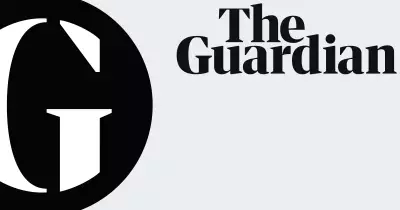
While strict new regulations have transformed the UK's pornography landscape, a disturbing double standard persists on mainstream television where graphic depictions of strangulation are becoming increasingly common and glamourised.
The Regulatory Divide
Recent legislation has mandated that pornography platforms implement rigorous age verification systems and restrict certain violent acts. However, these protections aren't translating to prime-time television, where non-fatal strangulation appears with alarming frequency in popular dramas and streaming content.
Normalising Dangerous Behaviour
Experts warn that these portrayals are creating a dangerous normalisation of choking during sex, particularly among younger audiences. Unlike the clear warnings and restrictions applied to adult content, television presents these acts within compelling storylines, often without showing the very real medical consequences.
"We're seeing a generation that believes choking is just part of normal sexual activity," explains one leading women's safety campaigner. "The media they consume suggests it's commonplace and risk-free, when in reality it can cause permanent damage or death."
The Silent Epidemic
Domestic violence charities report a worrying trend: strangulation featuring more prominently in abuse cases, with perpetrators often citing popular media as justification. The disconnect between porn regulation and television content creates confusion about what constitutes acceptable sexual behaviour.
Call for Broadcast Reform
Campaigners are now urging Ofcom and production companies to address this gap in media regulation. They argue that if certain acts are deemed too harmful for regulated adult content, they shouldn't be casually depicted in programmes accessible to wider audiences, including minors.
The conversation highlights a critical question for UK media: if we're protecting adults from certain content in one arena, why are we exposing broader audiences to the same dangerous behaviours through another?





